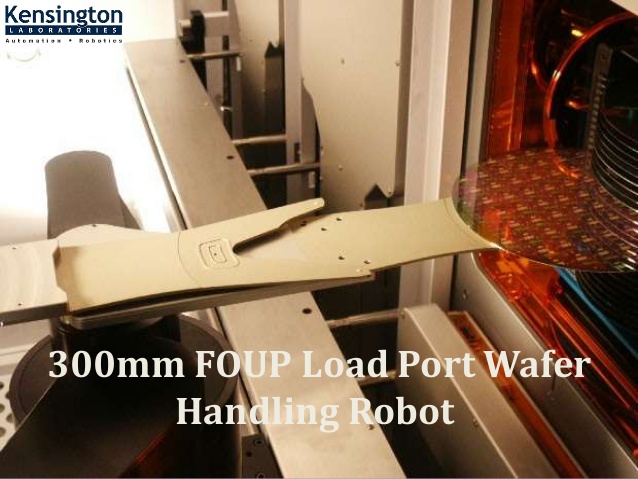A Surge in Semiconductor Robot Handling Industry!
Have you implemented semiconductor robot handling to fulfill your industry's numerous tasks accurately?
No, not yet.
In 2020, the robotic industry of the automated material handling industry was the largest in all automated material handling equipment. To remain competitive in their respective industries, numerous companies are implementing more cost-effective, agile, and versatile robots to streamline and optimize operations such as assembly, picking, packing, part transfer, and many more. So, now is the time to implement robotic automation for semiconductor handling.
Driving Forces for Material Handling Robots
Robots in the material handling space traditionally help attain operational efficiency, boost product quality, and lessen production costs; companies are shifting more to implement material handling robots.
A Shift in Consumer Behaviors
While large productions work in low-mixing environments still occurs, today's customers' demands are continuously growing in complexity, needing higher flexibility in production processes to attain product personalization and customization.
Increasing Level of Automation Confidence
With the rise in safety standards for production and a growth in easy-to-use robots, company leaders are much more confident than ever regarding the implementation of automated robots in their respective industries.
One of the essential advantages of implementing automated robots such as AMAT robots is attaining a higher ability to optimize and streamline different operations to manage different varieties of consumer products. Whether working with robots for industrial or collaborative tasks, humans are now able to work safely with robots to complete various tasks.
Re-Examination of Supply Chain Operations
To meet on-time delivery, multiple company leaders are actively examining operations and addressing transportation dilemmas with the help of robotic automation. With the rising popularity of various production requirements in the busy factory and distribution domains, robots, custom end-of-arm tooling, vision systems, and more are being mounted on extremely flexible independent mobile robots equipped with sensors. These robotic platforms can maneuver autonomously through a facility to their designated task, efficiently and safely finishing jobs such as picking, sorting, and on-demand transportation of material.
Making an Extremely Reliable Workforce
From preserving product volumes around the clock to supporting human workers safely, there are innumerable reasons semiconductor company leaders feel pushed to support their crews through semiconductor robot handling equipment.
Using robots to accomplish primary material handling tasks while driving human workers to more elevated value-added functions within an organization is often a "win-win" situation. This is especially valuable in the post-Covid conditions when company leaders are needed to delay or stop production because of the social distancing provisions or sickness outbreaks. This was seen earlier in the global pandemic when robots aided mainly in creating personal safety and testing tools.
Is a Semiconductor Handling Robot Right for Your Operation?
Before any implementation of robots in any industry, a comprehensive risk assessment by an experienced and skilled robot integrator or supplier is recommended. This should answer any questions and help you pick the best robot and peripherals according to your industry's needs.


Comments
Post a Comment